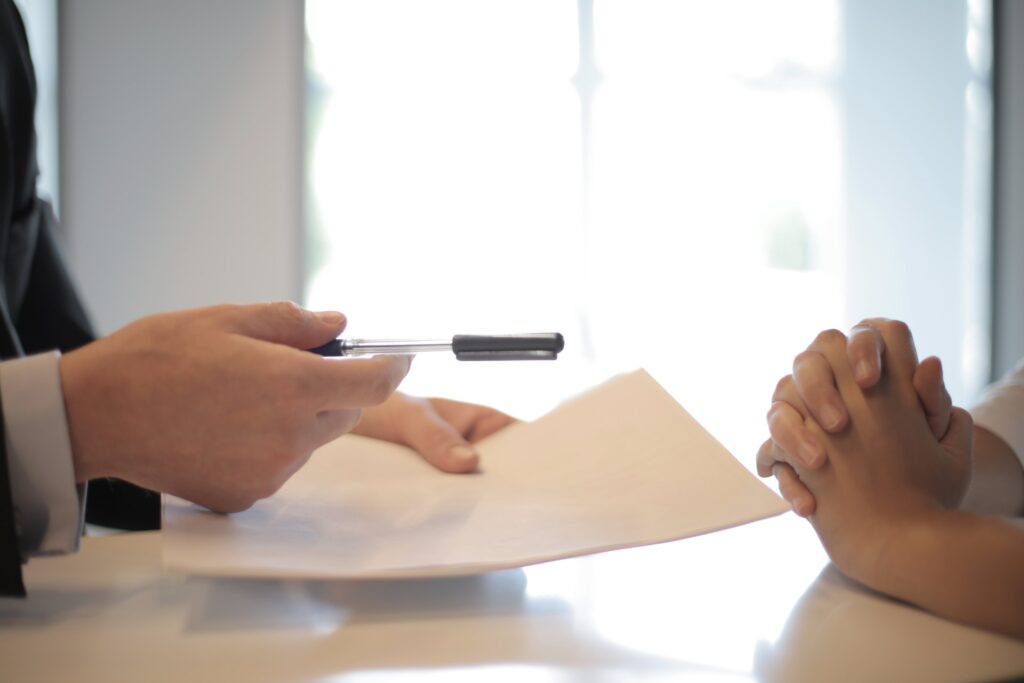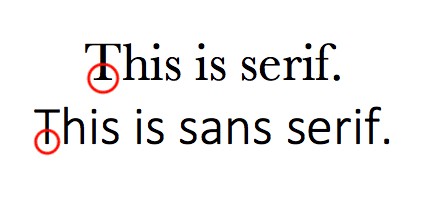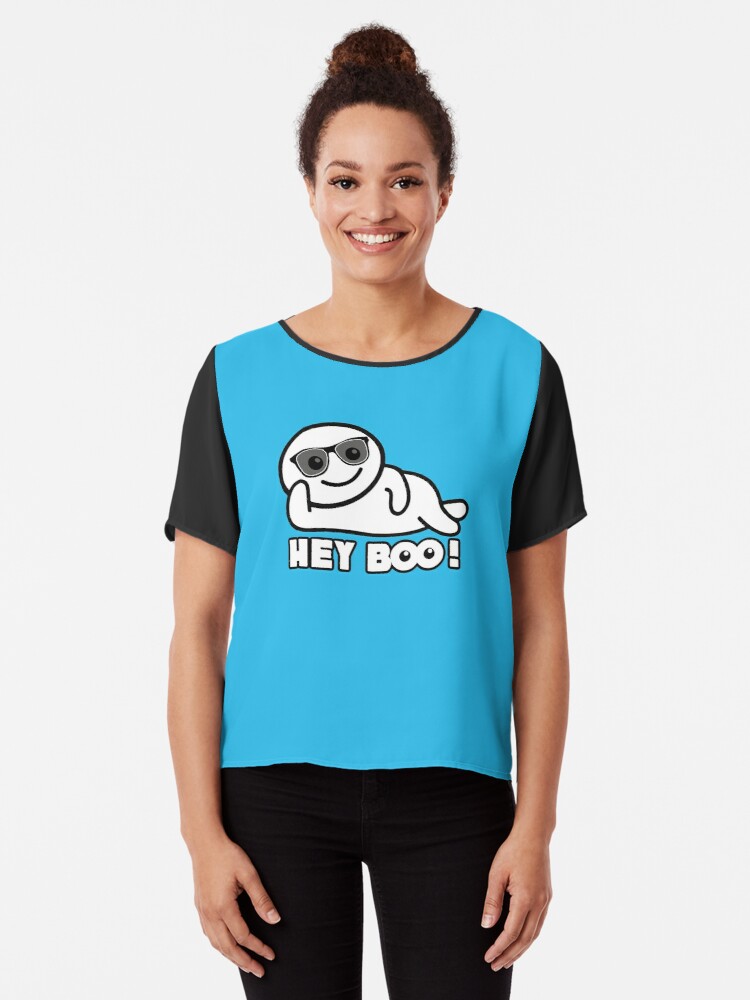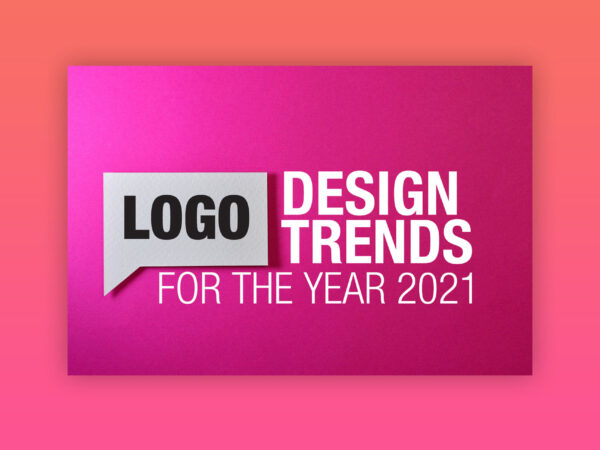
How to Design a Logo (Step-by-Step Guide)
How to design a logo? I believe most of us can accept that in the world, there are bland logos that we can quickly miss, and then there are fantastic logos that we can still remember, even without the name of the company attached.
But what about a logo that lets you remember it? What is it that can trigger a memory or even a specific emotion from the design?
You are in a unique position to have a strong effect on how customers view your brand while you are in the process of designing a logo for your company.
Do you have a great idea for a business? but no logo and looking for a master designer to get it done? Well, look no further! Let us help you! The quality of work you’ll be getting will be spectacular & mind blowing.
As part of your new enterprise, everything you do, say and show will tell your prospects more about the personality of your brand. It’s important to make sure you present a concise and straightforward argument about the message of your organization from the outset.
And while a logo may seem very simple to make, it’s not always easy to design a perfect one. This includes a lot of market analysis, a detailed understanding of the buyer personas, and careful examination of the fundamentals of logo design. Designers also find themselves doing several variations of a single logo until they got it “just right.”
So, where do you even start designing a logo? Here, right. With a few suggestions tossed in, we’ve broken down the nine main steps you’ll need to take to build a logo that will not only love you, but also your prospects.
- Start With Your Story
- Words That Identify Your Brand
- Sketch Ideas Based on These Words
- Test Your Top Sketches With Your Buyer Profile
- Refine a Chosen Sketch
- Develop Your Logo’s Layout
- Choose Flexible Choices for Color
- Choose a Font
- Ensure Scalability
How to Design a Business, Company, or Personal Logo

Designing a logo that embodies the brand can make you grow stronger, but it’s just as important to do it correctly. Here’s how to design a logo, step-by-step.
1. Start With Your Story
In order to make money, businesses are created—not it’s the most romantic argument, but it’s the one you need to start with. And you need to be able to market yourself and your goods in order to build a viable enterprise. Today advertisers seem to agree that consumers connect to stories even more intensely than they do to the product’s simple truth. To you, what does this mean? Your logo has to have a story in it.
Take the time to ask yourself what the story behind your business is before you can think about what this logo would look like.
Move aside from what the agency does to explain why you do so. The “why” is the core of your story, and in the colour, style, and typeface of your logo it should come through. If a movie title is the logo, what does it look like?
2. Words That Identify Your Brand
It’s time to take your logo draft from story to setting, now that you have your story. Open Thesaurus.com and enter the search bar for a word that better fits your items.
For example, if you’re in the food business, you could just type “food” into it. You’d be shocked by how descriptive the synonyms appear. In order to launch new searches and dive deeper as you zero in on the words that best capture your brand, you can also click on these results.

Find 5 to 10 keywords that not only explain what you’re doing, but also the explanation for the previous move. In a puzzle, each of these terms will fit like bits and help lead you to refine an idea.
3. Sketch Ideas Based on These Words
Grab a pencil and paper and start sketching any idea that pops into your mind, armed with your why and a few keywords for guidance. Enable the evolution of each new idea on its own. If the first few aren’t right, don’t get frustrated — keep refining, using past drawings to affect the result of new ones. You could concentrate these drawings on a shape, your brand’s name, or both.
Keep these tips in mind as you draw the ideas for your logo:
- Keep the format plain. You’re in fine shape if you can sketch the most symbolic elements in seven seconds or less. Any common clip-art artwork or generic objects such as a globe, star, or similar images that people recognise from other sites so quickly should be totally avoided. These, at first glance, are quickly missed. At this point, the more innovative you are, the better your final logo is. What your clients will remember the most is your logo. Be frank about this piece of art.
- Colors may be either your best friend or the worst enemy of yours. For your logo, you need to use color, but be careful about which colors you choose. Be aware of present patterns in color that are still being used today and in your target market. Don’t use more than three colors as a general guideline. Choose a color or set of colors that will make the rivalry stand out. Just please don’t use the entire rainbow for the sake of marketing 😀
4. Test Your Top Sketches With Your Buyer Profile
Take a step back and chose the top three ideas until you have a handful of different drawings on paper. Don’t worry about this too hard—consider the designs that your eyes keep coming back to, and pick them to present to you.
With your friends, family members, and a colleague you trust, share these drafts. Bring these drawings to someone who matches your buying image better if necessary your perfect customer profile. This offers you the most productive vision of your artwork and it will show how the brand will be viewed by customers—not just the people around you.
Be prepared for truthful reviews and don’t directly endorse any derogatory remarks. Just the final logo would be made stronger by these critiques. To pick one more idea to turn into a specification, use their input.

5. Refine a Chosen Sketch
Congratulations, you are on the right track to get an amazing logo! It’s time to refine it and polish the story you began with in Step 1, once you’ve identified a sketch to run with.
Look back at the words you identified when you first used Thesaurus.com in Step 2 to start improving your logo. Now look at your chosen sketch and ask yourself: What are the words this sketch does not catch yet? Use them to further improve your drawing and put back the characteristics that you liked most about the prototypes that you did not end up picking for refinement.
6. Develop Your Logo’s Layout
Now, it’s time to get technical and turn the drawing of your paper into a digital format that is usable.
It takes a bit of technical guidance to bring your concept to life for a business audience. The layout is one of the most important things to get right. Make sure that all your text and shapes are spaced perfectly and that the logo itself is aligned with its surroundings.
Your logo doesn’t have to be symmetrical, but in different contexts, it should be aligned. Chances are, when your logo sits against different vertical and horizontal borders, you will encounter situations, and even with these environments it should appear no matter how you might repurpose your logo and where you might publish it.
7. Choose Flexible Choices for Color
The color scheme of your logo might look great against the color of the canvas on which you designed it, but your logo will eventually be placed on backgrounds with colors that you didn’t start with.
Let’s revisit our example of Hey Boo from Step 1. As you can see below, the logo of the business can fit on any color t-shirt it sells.
For both dark and bright backgrounds, please make sure to have logo color combinations. That could mean you just have to change your font color. Or, you may have to change the color of the whole logo in certain situations.
Build one of each choice to ensure that when purchasing promotional items featuring your logo, you are prepared. T-shirts, posters, notepads, and mugs for coffee are only a handful of the several things for which your logo can have numerous color variants.
8. Choose a Font
This is the moment for text to be paired with imagery. Instead of text, if your chosen sketch is mainly a shape or symbol, start to factor in the written name of your business. If the business name also stands on its own without the icon, remember the typeface this text would hold.
Believe it or not, your choice of font can tell a lot about your business. You may select a font that is either serif (with stems on each letter) or sans serif (no stems), respectively, often referred to as classic or modern.

Stay away from generic fonts that come standard on every word processor. Some examples of generic fonts are Times New Roman, Lucida Handwriting, and Comic Sans. These fonts will only work against you and your company by making you less memorable.
9. Ensure Scalability
In different sources, logos are intended to reflect your business — in print, on your website, on one of your social media business accounts, and as your business expands around the internet. For a poster, you want a logo that can be blown up super high, but still shrunk down to the side of a pen for screening.
Each part of the logo should, regardless of the size of the logo, be legible.
Hey, still with us? This can sound a little frustrating, we know, but take it easy and don’t hurry yourself. Due to a product mistake or change of heart, it’s easier to follow the process through to completion and finish with a remarkable brand than to start again a couple months later.
Share this post with your friends and express your views in the comments below.





